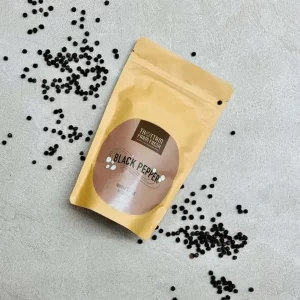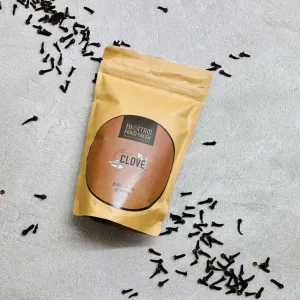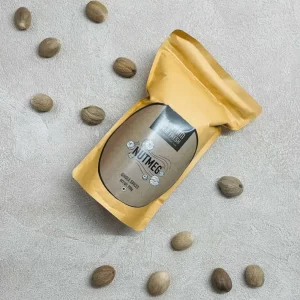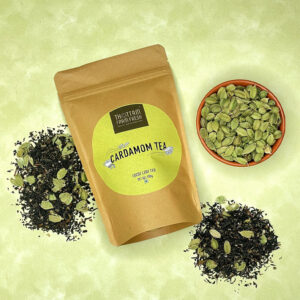1.Cinnamon Comes in a Variety of Forms.
There are hundreds of varieties of cinnamon, but only four are used commercially. Ceylon, Cassia, Saigon, and Korintje Cinnamon are among them.
Due to similarities in color, shape, and coumarin content, Cassia, Saigon, and Korintje cinnamon are scientifically classified as Cassia Cinnamon.
2.Ceylon and Cassia
The flavor of Ceylon cinnamon is sweeter and more delicate than Cassia cinnamon. The presence of coumarin, a natural plant chemical that acts as a blood thinner, is one significant difference.
Coumarin is present in much higher concentrations in Cassia than in Ceylon cinnamon, which may be important if you’re on certain hepatotoxic medications, planning a surgical or dental procedure, are at high risk of bleeding, or have liver damage.
3.The Cassia, Coumarin, and Liver Damage Connection.
Even though Coumarin is a natural ingredient, it has the potential to cause liver damage or failure in sensitive people and those who consume Cassia cinnamon regularly or in large amounts. Cassia cinnamon contains a lot of coumarin (about 0.4-0.8 percent), which is why some European countries have banned it.
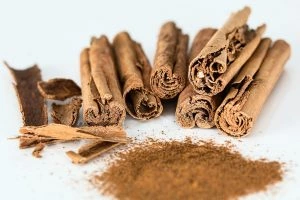
4.Why Should You Use Ceylon Cinnamon Instead of Regular Cinnamon?
As a result, those who take Cinnamon daily for health reasons should switch to Ceylon Cinnamon, which has a Coumarin content of only 0.03-0.04 percent.
According to studies reviewed by “BMC Complementary and Alternative Medicine”, coumarin-free Ceylon cinnamon may be beneficial to the liver while having no negative effects on other organ systems.
5.Ceylon Cinnamon also has other advantages.
Proanthocyanidins are antioxidant compounds found in Ceylon cinnamon. Proanthocyanidins are antioxidant compounds similar to those found in green tea and grapes that have been shown to strengthen capillaries and protect against heart disease and cancer. Ceylon Cinnamon also has antimicrobial and anti-parasitic properties and digestive and blood pressure-lowering properties.
6.Tips to Spot the Difference Between Ceylon and Cassia.
It’s possible that the type of cinnamon in some powdered cinnamon bottles isn’t specified. Ceylon cinnamon, on the other hand, is usually labeled on the bottle.
The rolled bark of Ceylon cinnamon (left) is thinner and multilayered than the thicker bark of its Cassia cousin if you have unlabeled, whole cinnamon sticks — which are the plant bark (right).
There’s always more to discover. While the Cassia variety can be problematic if you have pre-existing medical conditions or are taking medications that could cause problems, if you’re not ingesting too much, you may not need to be concerned.
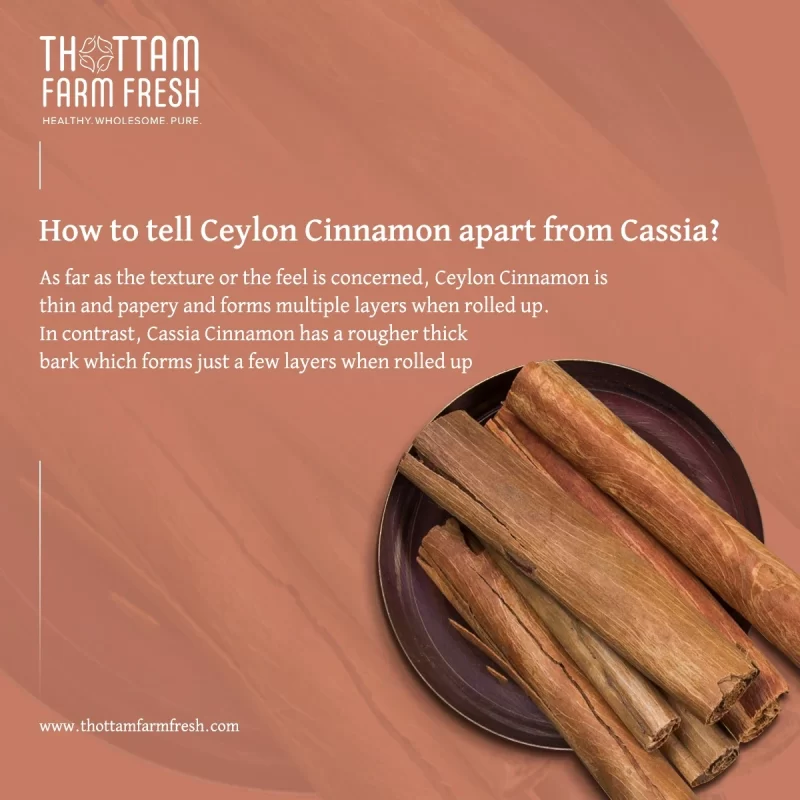
7.Cassia Cinnamon Isn’t Supposed to Be That Harmful to the Average Person.
In this regard, research on the recommended daily amount of Cassia cinnamon to avoid liver damage varies from study to study, ranging from less than 1-5 grams, or 1 teaspoon per day. Switching to Ceylon cinnamon may be a better option for those who consume more than this amount daily.
8.What to Do If You Think You’ve Had Too Much Cinnamon Cassia.
Overdosing on Warfarin (a coumarin drug) is commonly treated with vitamin K supplementation. If you’re concerned about your previous coumarin intake, stop eating Cassia Cinnamon right away, talk to your doctor, and make sure you’re getting enough Vitamin K in your diet.
Conclusion:
While some people should avoid Cassia Cinnamon, the average person does not need to be concerned about coumarin overdose.
A diet rich in Vitamin K, as well as switching to Ceylon cinnamon to avoid potential liver risks, may help people who regularly consume more than a teaspoon of Cassia Cinnamon per day.


